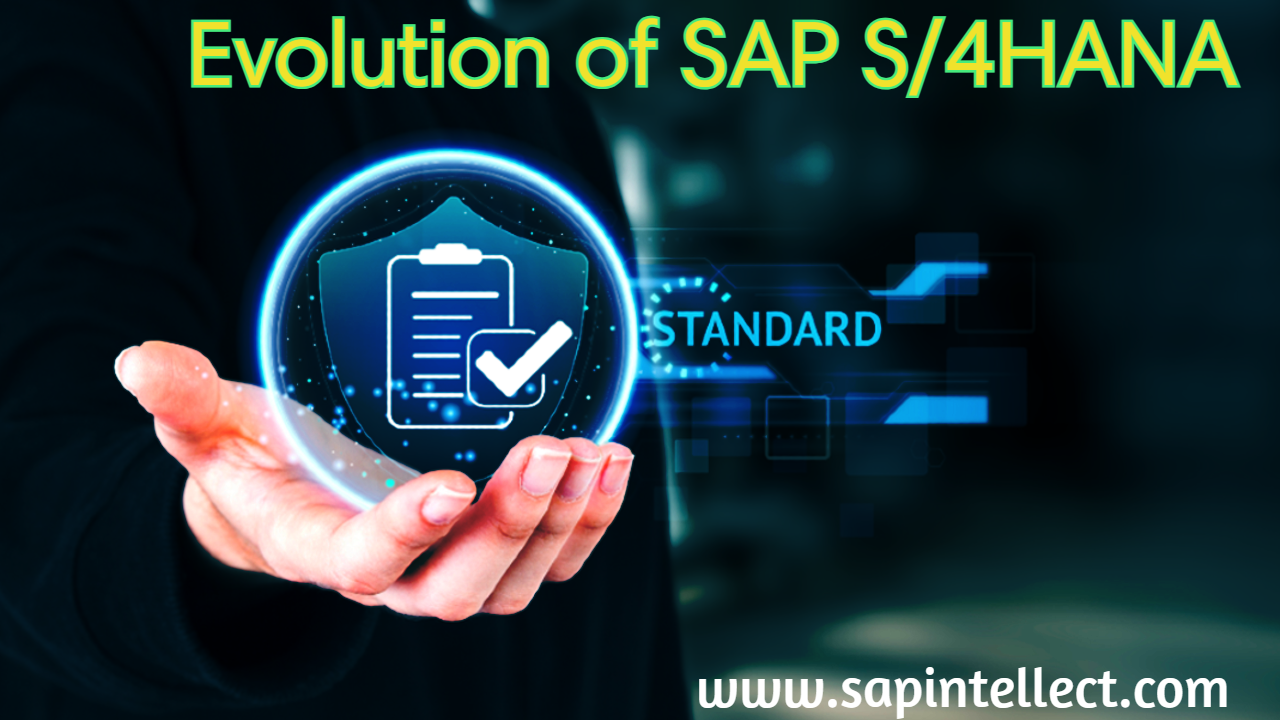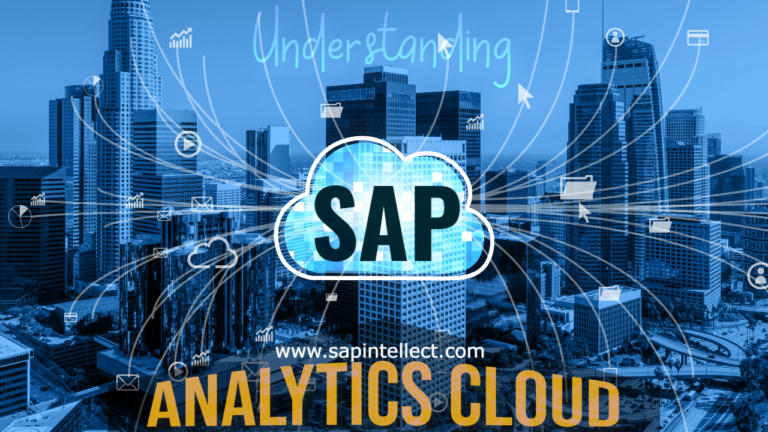Is SAP S/4HANA Your Secret Weapon for Business Transformation? Discover the Power Within!
In the ever-evolving landscape of enterprise resource planning (ERP) software, SAP S/4HANA stands out as a transformative force that has redefined how organizations manage their operations, processes, and data. This powerful platform represents a significant shift from traditional ERP systems, offering a seamless integration of cutting-edge technologies to drive innovation and efficiency. In this comprehensive guide, we will delve deep into SAP S/4HANA, exploring its features, benefits, and the impact it can have on your business.
Chapter 1: Understanding SAP S/4HANA
1.1 What is SAP S/4HANA?
- SAP S/4HANA is the next-generation enterprise resource planning (ERP) suite developed by SAP, one of the world’s leading software companies.
- It serves as the digital core of an organization, unifying various business functions and processes on a single platform.
1.2 The Evolution of SAP S/4HANA
- A brief history of SAP’s ERP systems leading up to the development of SAP S/4HANA.
- Explanation of the shift from traditional databases to SAP’s in-memory database technology (SAP HANA).
Chapter 2: Key Features of SAP S/4HANA
2.1 Real-Time Analytics
- How SAP S/4HANA leverages in-memory computing to provide real-time insights into your business operations.
- The advantages of real-time analytics for decision-making.
2.2 Simplified User Experience
- The intuitive and modern user interface of SAP S/4HANA.
- How it enhances user productivity and reduces training time.
2.3 Enhanced Data Management
- The role of SAP HANA in managing large volumes of data efficiently.
- How data is stored and processed in SAP S/4HANA.
Chapter 3: Industry-Specific Solutions
3.1 Tailored Solutions for Different Industries
- How SAP S/4HANA offers industry-specific solutions, including manufacturing, retail, healthcare, and more.
- The benefits of industry-specific functionality for businesses.
3.2 Case Studies
- Real-world examples of organizations within various industries successfully implementing SAP S/4HANA.
- The impact on their operations, cost savings, and revenue growth.
Chapter 4: Migration to SAP S/4HANA
4.1 Planning Your Migration
- The importance of a well-thought-out migration strategy.
- Assessing your current system and defining migration goals.
4.2 Implementation Options
- The different migration paths, including greenfield and brownfield approaches.
- Choosing the right approach for your organization’s needs.
4.3 Challenges and Best Practices
- Common challenges organizations face during migration.
- Best practices for a smooth transition to SAP S/4HANA.
Chapter 5: Benefits and ROI of SAP S/4HANA
5.1 Improved Efficiency
- How SAP S/4HANA streamlines business processes, reducing manual effort and errors.
- Cost savings through increased efficiency.
5.2 Enhanced Decision-Making
- The impact of real-time data access on informed decision-making.
- Case studies illustrating improved decision-making with SAP S/4HANA.
5.3 Innovation and Growth
- Enabling innovation through digital transformation.
- Exploring new revenue streams and business models.
Chapter 6: Integration and Ecosystem
6.1 Integration Capabilities
- How SAP S/4HANA integrates with other SAP products and third-party applications.
- The importance of a connected ecosystem.
6.2 SAP Cloud Platform
- Leveraging the SAP Cloud Platform for extensibility and custom development.
- Building custom applications and extensions.
Chapter 7: Security and Compliance
7.1 Data Security
- Measures in place to secure sensitive business data in SAP S/4HANA.
- Compliance with data protection regulations.
7.2 Audit and Compliance Reporting
- How SAP S/4HANA assists in generating compliance reports.
- Meeting industry-specific compliance requirements.
Chapter 8: Future Trends and Roadmap
8.1 AI and Machine Learning
- The role of AI and machine learning in SAP S/4HANA.
- Predictive analytics and automation.
8.2 IoT Integration
- Exploring the Internet of Things (IoT) integration possibilities.
- Real-world use cases in asset management and supply chain.
8.3 SAP S/4HANA Cloud
- The evolution of SAP S/4HANA Cloud and its advantages.
- Cloud-first strategies for businesses.
Chapter 9: Case Studies and Success Stories
9.1 Global Corporations
- Success stories of multinational corporations that have embraced SAP S/4HANA.
- Achievements, challenges, and lessons learned.
9.2 Small and Medium Enterprises (SMEs)
- How SMEs are leveraging SAP S/4HANA to compete with larger enterprises.
- Scalability and growth for small businesses.
Chapter 10: Conclusion
10.1 Embrace the Power of SAP S/4HANA
- Recap of the key takeaways from this guide.
- The transformative potential of SAP S/4HANA for your organization.
10.2 Getting Started
- Steps to initiate your journey with SAP S/4HANA.
- Resources and support available for implementation and migration.
In conclusion, SAP S/4HANA represents a revolutionary shift in ERP technology, enabling organizations to become more agile, efficient, and competitive in a rapidly evolving business landscape. By harnessing the power of real-time analytics, simplified user experiences, and industry-specific solutions, businesses can unlock their full potential and achieve sustainable growth. It’s time to embark on the journey of digital transformation with SAP S/4HANA and redefine the way you do business in the 21st century.







